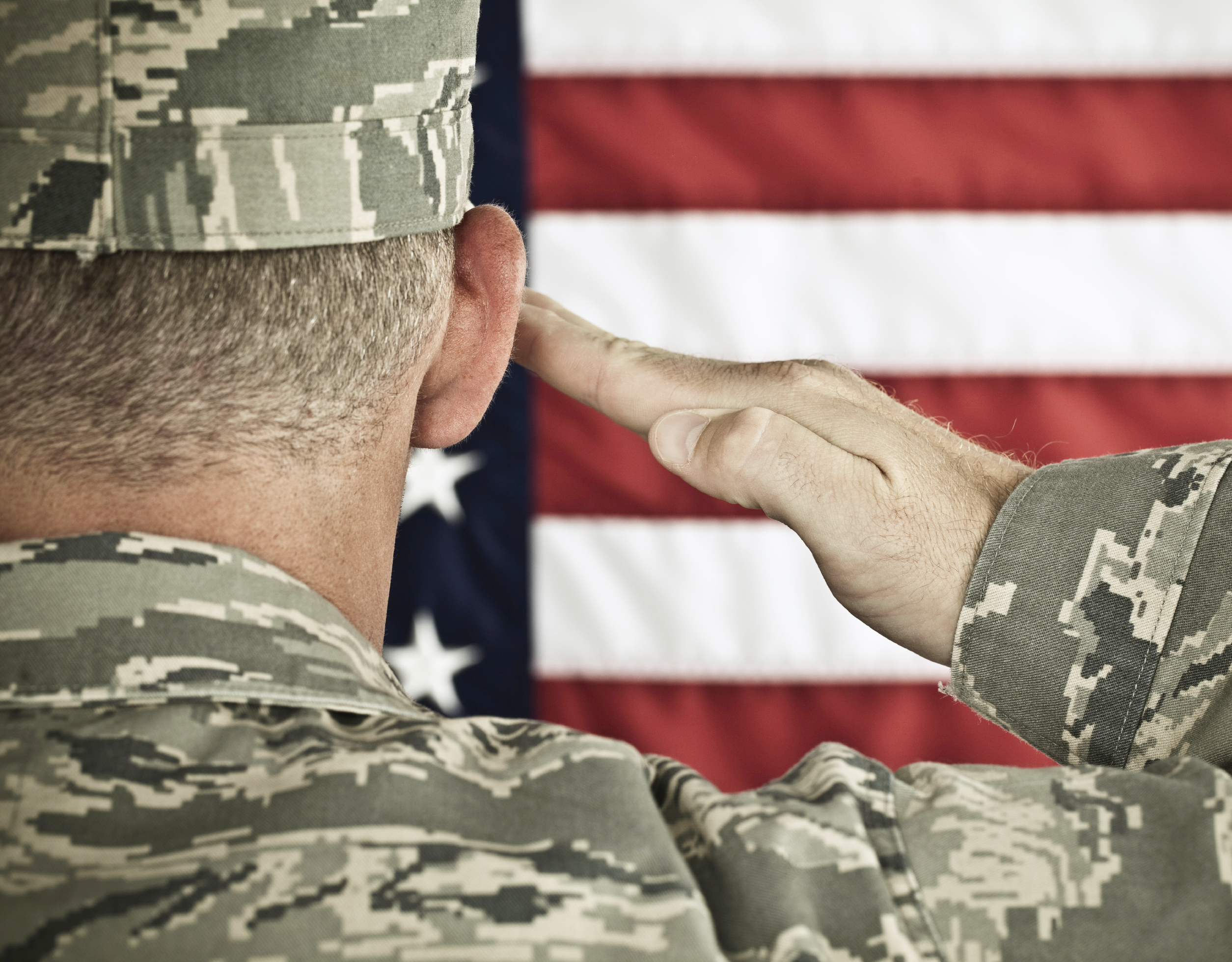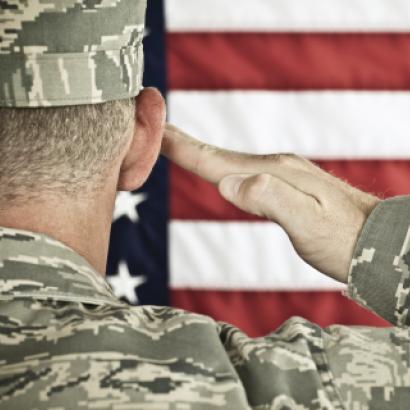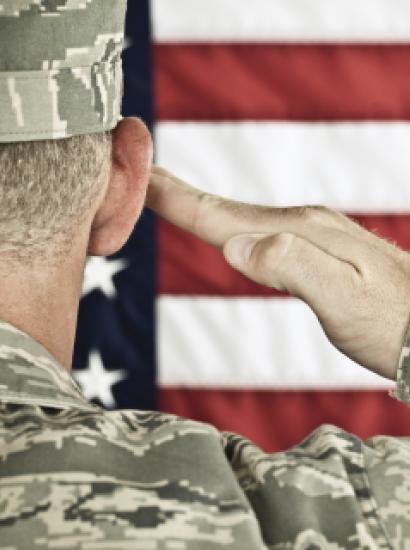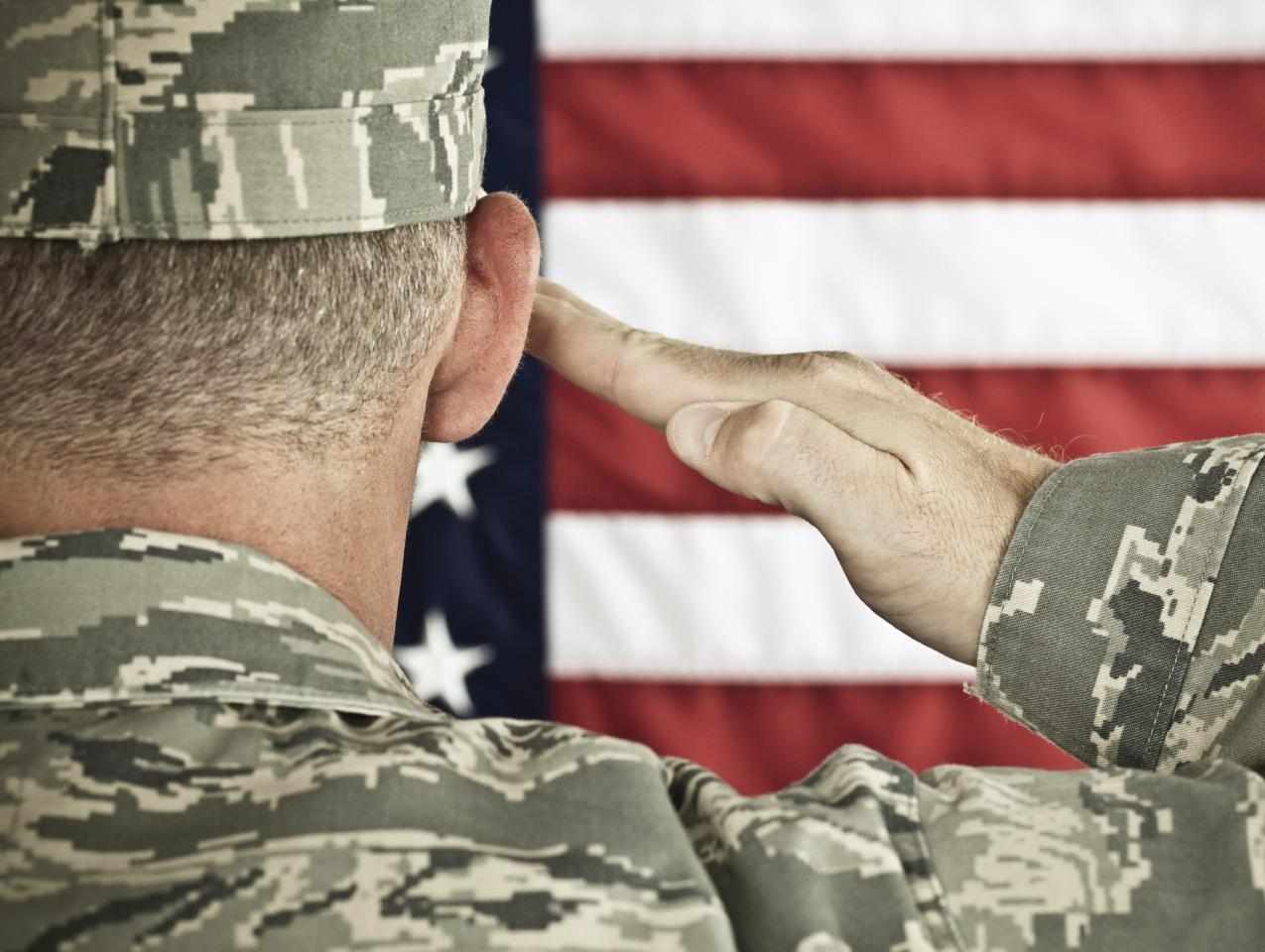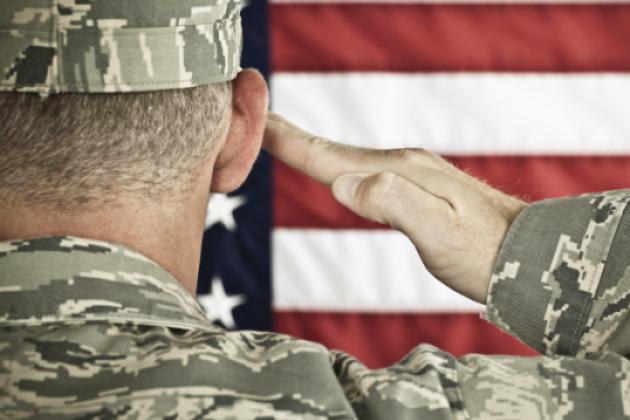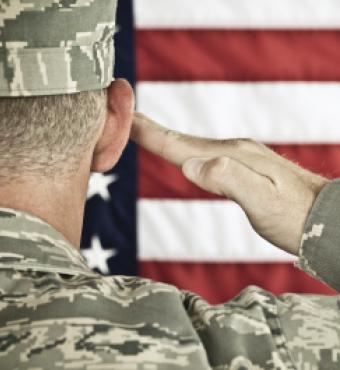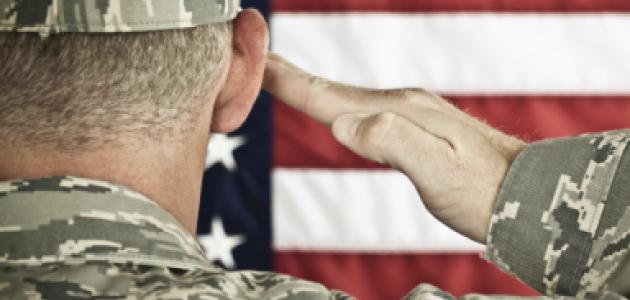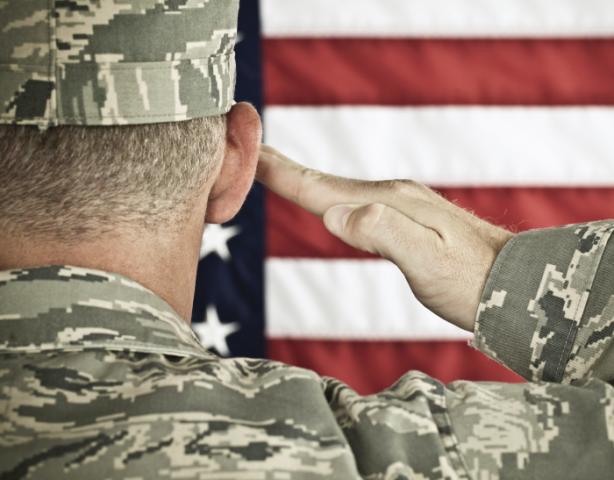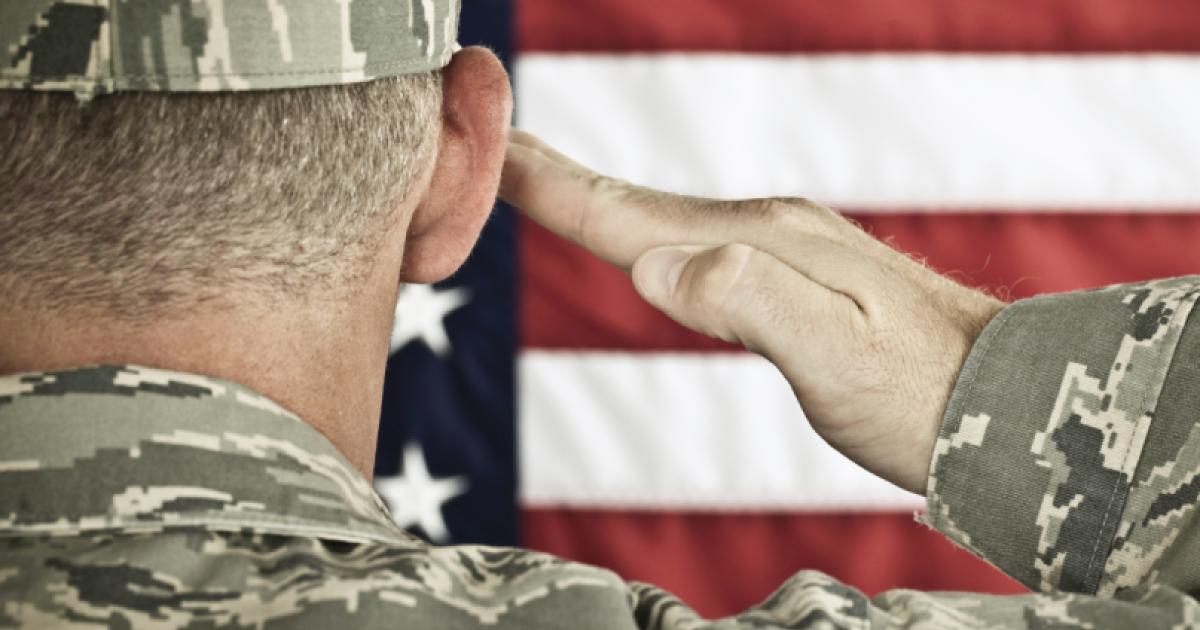- Politics, Institutions, and Public Opinion
- State & Local
- California
As today is Veterans Day here in California and across America, let’s clear up a little confusion about the date before we explain its relevance to the Golden State.
First, it’s not to be confused with Memorial Day.
In America, the 11th day of November is set aside to honor those who served their country, whereas the last Monday in May honors those who gave their lives to defend freedom’s cause (as Vice President Kamala Harris discovered the hard way earlier this year, those who approach the observance in a lighthearted manner can expect a social-media backlash).
Second, it wasn’t always “Veterans Day.”
Beginning in 1926, a congressional resolution made “Armistice Day” official across the land, in commemoration of the cease-fire of “the war to end all wars” (by the mid-1920s, 27 states already had made November 11 a legal holiday—it didn’t become a national holiday until 1938).
And so it continued until 1954, when Washington revisited the holiday, changing it to “Veterans Day” in honor of the more recent Second World War and engagement in Korea.
If only Washington could have ceased meddling at that point . . .
In 1968, Congress moved the remembrance to the end of October (the Uniform Holiday Act passed that year also moved Washington’s Birthday, Memorial Day, Veterans Day, and Columbus Day to Mondays, thus giving federal workers a three-day weekend). Seven years later, after considerable pushback at the state level (46 states refused to go along with the switch to October), Congress amended the law and returned Veterans Day to where it now stands.
Let’s suppose, for a moment, that this still were “Armistice Day” in America. There wouldn’t be much in the way of uniformed veterans of that conflict, as the last American “doughboy” perished a decade ago. Still, there could be moment of silence at the Los Angeles Memorial Coliseum, which opened nearly a century ago in honor of those who served in World War I (here’s a map of other Great War memorials across the Golden State).
Another way to honor veterans (of multiple generations) this day: hop in as car and head to Camp Roberts, which is adjacent to US 101 roughly thirty minutes north of Paso Robles, in Central California’s great open expanse across Monterey and San Luis Obispo Counties.
The World War I connection: the facility is named in honor of army corporal Harold Roberts, one of eight Californians to receive the Medal of Honor during that conflict (Roberts, a San Francisco native and tank driver, lost his life in the Argonne Offensive).
The World War II connection: Camp Roberts, which encompasses nearly 43,000 acres of land, was an ideal site for army basic training. More than 436,000 troops would experience the intensive 17-week program in the camp’s two training centers during the 1940s, just as soldiers would later enter the grounds to train for Korea, Vietnam, and the Gulf War (rifle ranges are still visible from the highway; the inside of the camp, with its vacant barracks, resembles a ghost town).
Which takes us to a different kind of conflict: the Cold War. The late Caspar Weinberger, President Reagan’s secretary of defense during the 1980s’ military build-up that hastened the demise of the Soviet Union, was a Second World War Camp Roberts alum (years later, he’d recall digging ditches for sewers there during his introduction to army life).
Finally, a War on Terror connection: Camp Roberts, now a California National Guard post, provides the kind of ample space that allows the army to train for the likes of convoy rocket attacks and riots outside military installations.
The point of this recitation: California’s military connection remains a constant, despite the nature of America’s involvement in global affairs. As such, it’s not unreasonable to ask: Are California’s veterans being afforded the courtesy and compassion they deserve?
Sadly, that answer may be no. This study by LendingTree finds California to be the worst state for veterans to live in, with 40% of their earnings, on average, spent on housing (South Dakota was deemed the best state for veterans). The criteria used to rank the 50 states, in addition to housing costs: quality of Veterans Affairs hospitals; access to medical care; veterans as a percentage of the population; veterans’ unemployment rate (9% in California vs. just 3.3% in South Dakota).
And there’s this disturbing news concerning the health and welfare of the residents of Napa County’s Yountville Veterans Home. The problem: the 625 aging and disabled veterans and their spouses residing at the facility—the largest veterans’ home in the US—aren’t allowed access to the Golden State’s End of Life Option Act.
Now in effect for the past five years, that law allows terminally ill California adults to request medicine from physicians hastening their death.
Why this doesn’t apply to the Yountville veterans (as well as the other veterans and their spouses residing in state facilities in Barstow, Fresno, Redding, and other locales): California’s law conflicts with existing federal law—1997’s Assisted Suicide Funding Restriction Act, which bans federal money meant for “items and services (including assistance) the purpose of which is to cause (or assist in causing) the suicide, euthanasia, or mercy killing of an individual.” Thus California’s Department of Veteran Affairs won’t implement the Golden State law for fear that millions of dollars in federal funding might be taken away.
The saga becomes more complicated: if a veteran decides to leave the facility in order to receive life-ending drugs, his or her spouse also has to leave the premises—and cannot return. Moreover, a veteran who leaves the Yountville home to seek an accelerated end of life also loses his or her right to be buried in the facility’s cemetery.
Is there a way to end the state-federal impasse? California Democrat Rep. Mark Takano chairs the House Committee on Veterans Affairs (another Californian Democrat, Rep. Julia Brownley, chairs the Health subcommittee). And it’s not as if the state-federal conflict appeared overnight. The better question is whether anyone of influence in Sacramento or Washington deems this a priority—and is willing to delve into a complicated policy that entails not just health policy but religious conviction.
Let’s see if lawmakers seek a remedy to this policy conundrum, as well as the greater question of veterans being able to afford the California lifestyle. For all the boasting of the Golden State as a pioneering land (at times for dubious causes), one hopes for a sense of urgency when California is at the opposite end of the spectrum—dead last in the nation for veterans.
To those whom this day honors: thank you for your service . . . this and every other day.







